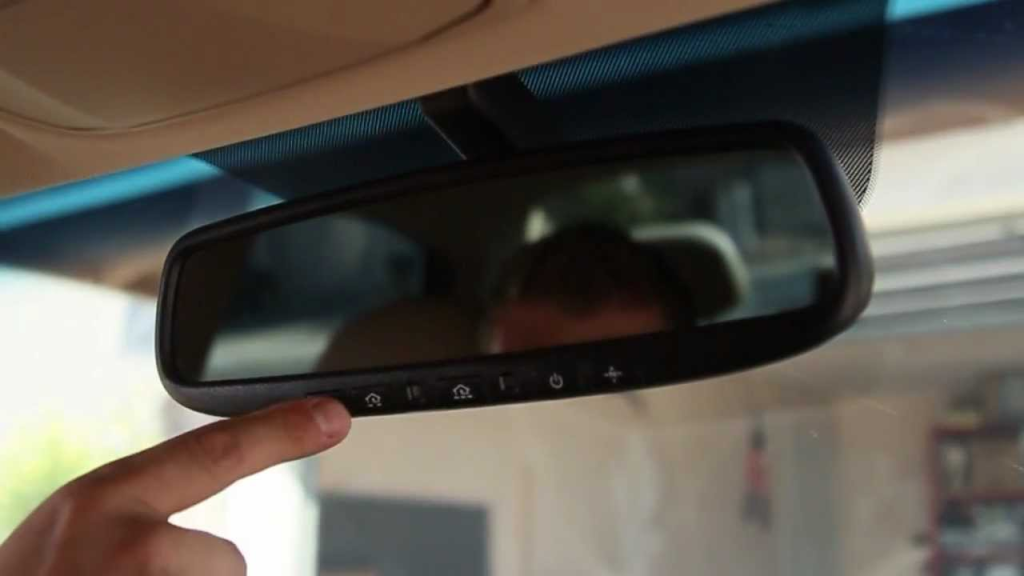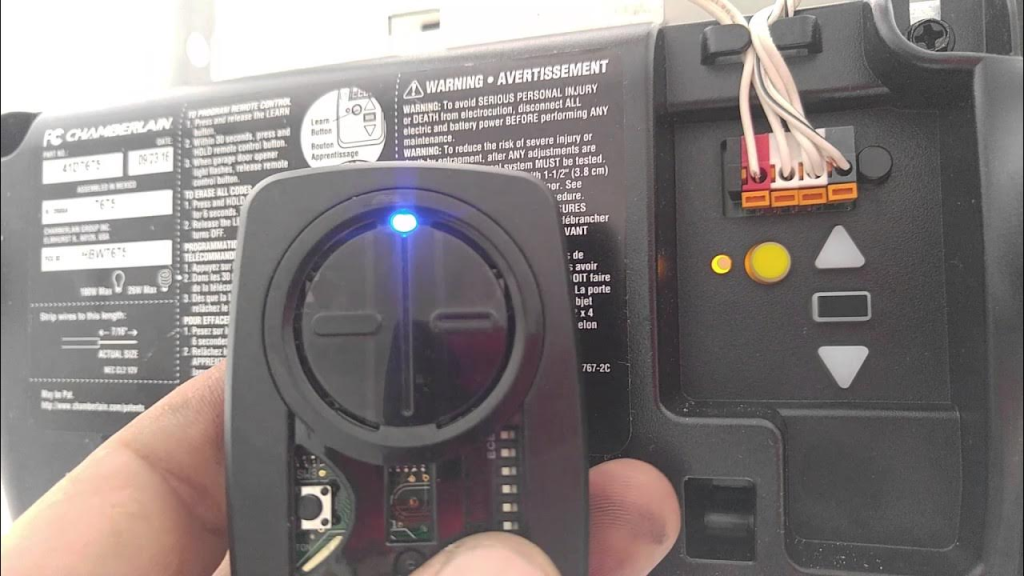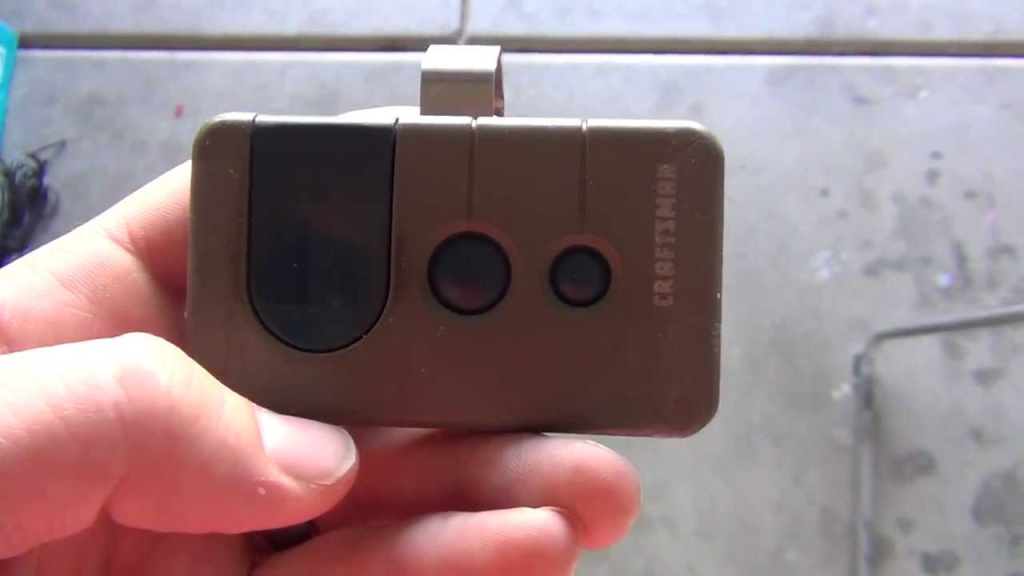Modernizing an older garage door system doesn’t always mean a full replacement. If you’re struggling with outdated remote compatibility or interference issues, installing a receiver to an existing Craftsman garage door opener can be a smart and cost-effective solution.

This guide will walk you through everything you need to know—from understanding how receivers work to step-by-step instructions for a safe and effective installation. Whether you’re a seasoned DIYer or just looking to upgrade your garage system, this article is packed with tips and technical insight.
Read tooo: Craftsman Garage Door Opener 1/2 HP Programming for Effortless Setup
Why Install a New Receiver in Your Craftsman Garage Door Opener?
Craftsman garage door openers are known for their reliability and longevity. However, older models often use outdated radio frequencies or technologies that may not be compatible with newer remote controls or smart home systems.
Here are a few reasons you might consider installing a receiver to an existing Craftsman garage door opener:
- Incompatible remote controls
- Signal interference issues
- Desire to use a universal or smart remote
- Replacing a damaged or malfunctioning original receiver
A new external receiver can breathe new life into your garage door opener without the cost of a full replacement.
How Garage Door Receivers Work
Receivers are responsible for interpreting the signal sent from your remote control and triggering the garage door motor. In modern systems, receivers are often built into the opener. But older Craftsman models use external or standalone receivers that can be swapped or upgraded.
When installing a receiver to an existing Craftsman garage door opener, you’ll typically:
- Disconnect or bypass the internal receiver (if applicable)
- Wire the new receiver to the existing motor terminals
- Program new remotes or keypads
- Test the setup for functionality and safety
What You’ll Need Before You Begin
To get started with your garage door receiver installation, here’s a list of tools and components you should gather:
Tools:
- Flathead screwdriver
- Wire cutters/strippers
- Drill (optional, for mounting)
- Voltage tester (recommended)
Materials:
- Compatible external receiver (e.g., LiftMaster 850LM, Linear Delta-3, etc.)
- 2-conductor low-voltage wire (18- or 22-gauge)
- Wire nuts or connectors
- Compatible remote transmitters
Be sure to purchase a receiver that works with your preferred remotes and supports the power type (AC/DC) of your existing opener.
Installing A Receiver To An Existing Craftsman Garage Door Opener: Step-by-Step Instructions
Let’s dive into the actual installation. The steps below cover the general process, but always refer to the instructions provided by the receiver’s manufacturer.
Step 1: Disconnect Power
Safety first. Disconnect your Craftsman garage door opener from the power source. Either unplug it or turn off the breaker that powers the unit.
Step 2: Locate Terminal Screws on Your Garage Door Opener
On most Craftsman openers, you’ll find terminal screws on the back or side of the opener near the antenna or wall control wire inputs. These are usually labeled as:
- “Wall Control” or “Push Button”
- “COM” or “Common”
These terminals are where you’ll wire in the new receiver.
Step 3: Mount the New Receiver
Choose a safe, dry location near the opener to mount the receiver. It can be mounted directly onto the garage ceiling or a nearby beam using screws or adhesive.
Make sure the receiver’s antenna has enough clearance to hang down freely, away from metal or interference sources.
Step 4: Connect Wires From the Receiver to the Opener
Use your low-voltage wire to connect the terminals from your new receiver to the opener. Generally:
- Connect one wire from the receiver’s “push button” terminal to the “wall control” terminal on the opener.
- Connect the second wire from the receiver’s “common” terminal to the “COM” terminal on the opener.
Use wire nuts or crimp connectors to ensure a tight and safe connection.
Step 5: Power the Receiver
Some receivers draw power directly from the opener, while others require an external plug-in transformer. If yours requires an external power supply, plug it into a nearby outlet and route the cable safely.
Step 6: Program the Remotes
Follow the instructions provided with your new receiver to sync the remotes. Most require you to:
- Press and hold a “Learn” or “Program” button on the receiver
- Press the button on your remote
- Wait for an LED or beep to confirm successful pairing
You can usually pair multiple remotes or keypads depending on the receiver model.
Step 7: Test the Setup
Reconnect power to your Craftsman opener. Test each remote from various distances and angles. Make sure the door opens and closes smoothly.
Also, test the wall control to ensure it still works as expected. If it doesn’t, you may need to check wiring connections.
Tips for a Successful Receiver Installation
- Check compatibility: Make sure the receiver supports your opener’s voltage and wiring type.
- Avoid radio interference: Keep the receiver antenna clear of metal beams or light fixtures.
- Label wires during installation for easy troubleshooting later.
- Don’t skip safety tests: Ensure the door’s safety reversal system works after installation.
Troubleshooting Common Issues After Installation
Remote doesn’t work?
- Make sure you programmed it correctly.
- Check the receiver’s power connection.
- Recheck the terminal wiring.
Wall control stopped working?
- Ensure the wall control and receiver don’t share the same terminal in a way that causes interference.
Door operates erratically?
- Make sure wires are not loose.
- Try relocating the receiver slightly to improve signal clarity.
Upgrading to Smart Home Integration
If you’re already going through the effort of installing a receiver to an existing Craftsman garage door opener, why not take it a step further?
Some receivers come with Wi-Fi or Bluetooth capabilities, enabling control via smartphone apps like MyQ, Nexx, or Aladdin Connect. These systems offer:
- Remote door control from anywhere
- Activity notifications
- Integration with Amazon Alexa, Google Assistant, or Apple HomeKit
Installing a smart-compatible receiver will not only modernize your Craftsman opener but make your entire home more connected.
Cost of Installing a New Garage Door Receiver
The good news is that this is one of the most budget-friendly upgrades you can do.
| Item | Estimated Cost |
|---|---|
| External receiver unit | $30 – $80 |
| Remote control transmitters | $20 – $40 each |
| Wiring & connectors | $10 – $20 |
| Optional smart hub | $50 – $100 |
Total project cost typically ranges from $50 to $150, depending on your chosen features.
Is Installing A Receiver To An Existing Craftsman Garage Door Opener Worth It?
Absolutely. Instead of replacing your entire opener system, you can upgrade functionality for a fraction of the cost. Benefits include:
- Compatibility with newer remotes
- Better range and reduced signal interference
- Potential smart home integration
- Extended life of your existing system
If your current Craftsman opener is still working mechanically but lacks modern features, this is an ideal middle ground.
Final Thoughts
Installing a receiver to an existing Craftsman garage door opener is a smart, affordable, and relatively simple DIY project that offers big benefits. Whether you’re trying to modernize your remote system, fix incompatibility issues, or add smart capabilities, an external receiver gives your old opener a powerful new lease on life.
Make sure to follow all safety precautions, double-check wiring instructions, and always test the system thoroughly after installation. With the right tools and a little know-how, you can save money and enhance your garage door’s performance in just a few hours.






















